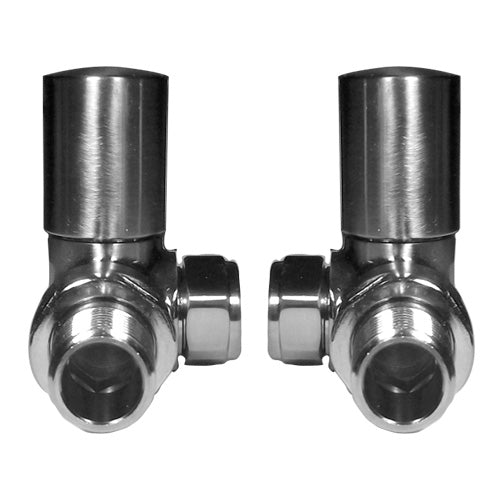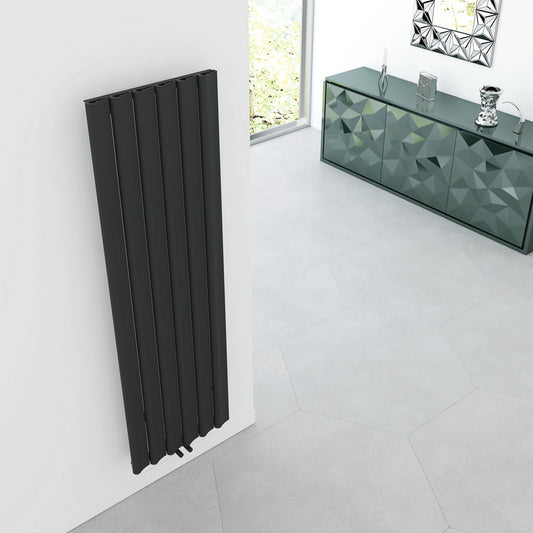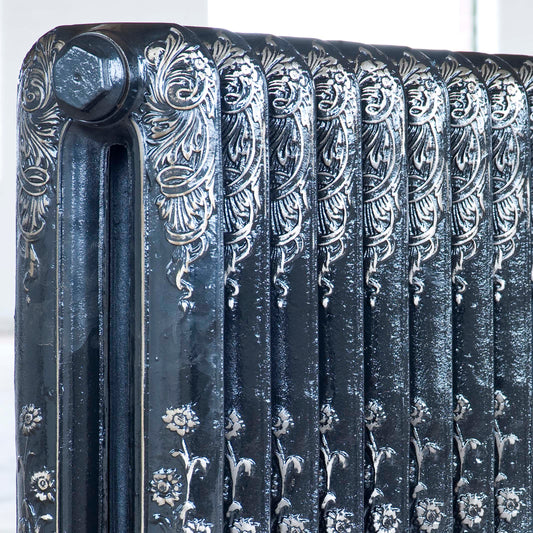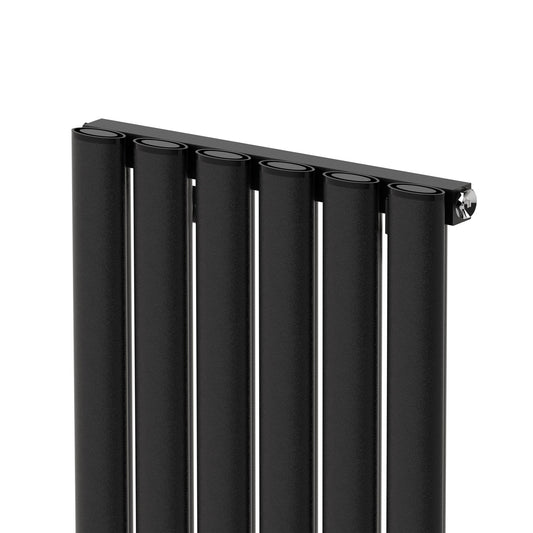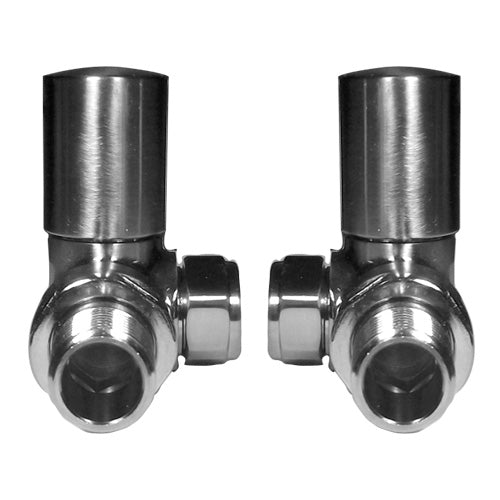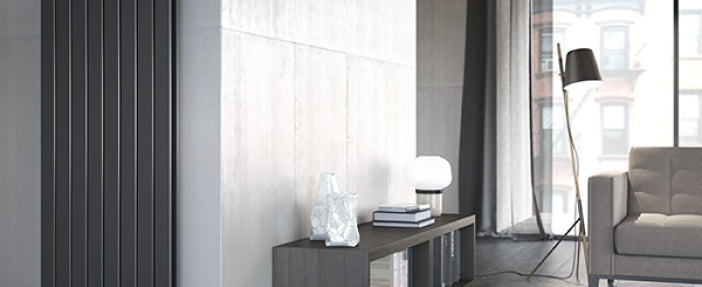The Radiator Shop Guide to Radiator Valve Selection
In the wide world of radiator valves, you’ll find a diverse array of shapes, sizes, and styles, each with its unique functionality and aesthetics. It may seem straightforward to pick one for your radiator, but there are a few essential aspects to consider before settling on your choice.
The suitable radiator valves for you would largely depend on the following factors:
- The origin of your pipework.
- The location of the radiator inlets.
- The style you desire.
At The Radiator Shop, we aim to make your valve selection process a breeze. Follow this three-step guide to ensure you make the right choice from the get-go!
3 Steps to Choosing your Valve:
1. Examine your Pipework
- Begin by assessing where your central heating pipes originate from. Are they surfacing from the floor or jutting out from the wall? Do they trace along the wall or protrude directly? Each home presents a unique case, with some exceptions to watch out for.
- If you're just replacing an old radiator without shifting its location, your pipework remains unchanged, making your valve choice a cinch. All you need to do is see where the pipes currently emerge from the wall or the floor. However, if you're installing a new radiator in a different part of the room, you have the freedom to decide where your pipework will come from. In such a case, it's a good idea to seek your plumber's advice before settling on your valves.
2. Locate the Radiator Inlets
-
Once you've examined your pipework and selected your new radiator, the next step is to identify the inlets' position on your chosen radiator. These inlets allow your valves to connect the radiator to the pipework, so it’s crucial to ascertain where and how they will connect, as this will help you determine the shape of the valve you need.
-
Most radiators feature valve inlets at the bottom on each side, but some might have middle connection valve inlets or inlets underneath at either side of the radiator. Make sure you verify where yours are located.
3. Select your Shape & Style
- Having done your homework, it’s now time to pick the ideal valves for your radiator. Radiator valves are primarily differentiated by their shape and how they connect the radiator to the pipework. Angled radiator valves, for example, connect the pipework to the radiator at a 90-degree angle, whereas straight valves connect the pipework either horizontally or vertically without any bends or curves.
|
Radiator |
Pipes Coming From Wall |
Pipes Coming From Floor |
Pipes Coming Along Wall |
|
Bottom Inlet |
Angled/Corner |
Straight |
Corner |
|
Side Inlet |
Angled/Corner |
Angled/Corner |
Straight |
Your style choice is entirely subjective, as it depends on the direction you want the valve head to face. Whether you prefer a classic antique style tap to complement your period decor or sleek chrome valves for a minimalist contemporary finish, we have a style to suit every home at The Radiator Shop.
What is the difference between straight and angled radiator valves? Straight and angled radiator valves primarily differ in their design and the way they connect the pipework to the radiator. A straight radiator valve forms a linear path from the pipework to the radiator, meaning it's used when the pipework comes up from the floor or straight from the wall, in line with the radiator inlets. Conversely, angled valves create a 90-degree angle between the pipework and the radiator, which is typically used when the pipework comes from the wall, and the radiator inlets are on the sides or underneath.
Towel Rail Valves: Heated towel rails operate similarly to radiators. To choose suitable valves for your towel radiator, follow the same three-step process we've outlined above. Most heated towel rail inlets are located underneath the rail at the bottom on each side, but double-check before selecting your valves. Purchase straight valves for pipes that come from floor or angled or corner for ones that come from the wall. the
But there's more to consider! You should also decide whether you want manual or thermostatic valves. Here's the difference:
Manual Radiator Valves: As the name suggests, manual radiator valves require manual adjustments to control the radiator's temperature. They are akin to a tap; turn the valve to allow the central heating water to flow into your radiator and increase the temperature. They are user-friendly, but remember to turn them off and monitor your heating bills.
Thermostatic Radiator Valves (TRVs): TRVs offer you greater control overthe room's temperature and can help reduce your energy consumption and heating bills. They function by sensing the surrounding air temperature and adjust the flow of water to prevent overheating. TRVs come in a variety of shapes, such as angled, straight, H-block, and corner valves.
Key Considerations for TRVs:
- Avoid using TRVs in the same room as a wall-mounted thermostat to prevent temperature conflicts.
- Some boilers require at least one non-TRV radiator to ensure proper system operation and prevent potential damage.
- TRVs might not be the best choice for bathrooms as the heat can cause the capsule to expand and shut the TRV down.
Ready to Choose Your Valves?
Armed with this knowledge, you're ready to explore our wide range of radiator valves. Keep these three steps in mind, and you'll quickly find the perfect valves for your needs.
